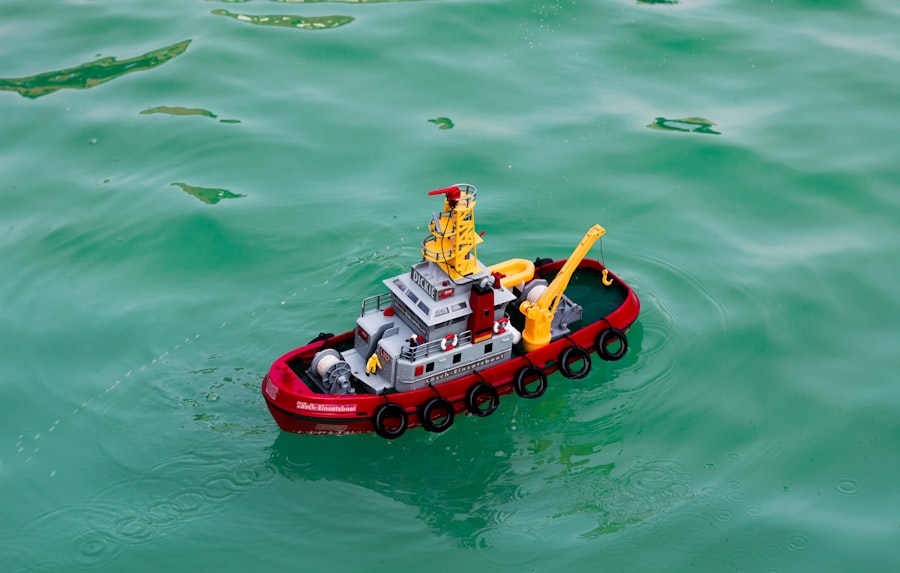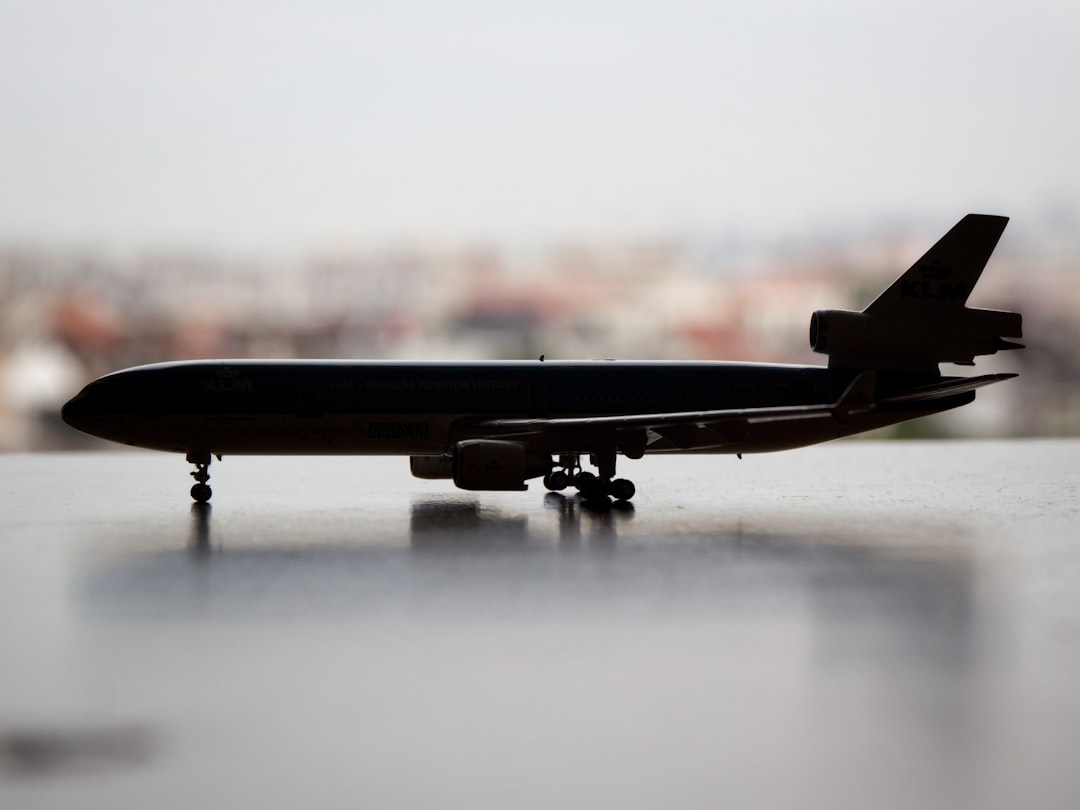Kaiju, the Japanese term for “strange beast,” has captivated audiences around the world with its towering monsters and epic battles. From Godzilla to Mothra, these colossal creatures have become iconic symbols of cinematic storytelling. At the heart of this genre lies the art of special effects, a craft that has evolved dramatically over the decades.
You may find yourself drawn into the world of kaiju not just for the thrilling narratives but also for the stunning visual spectacles that bring these monsters to life. The special effects used in kaiju films are not merely technical achievements; they are integral to the emotional resonance and cultural significance of the stories being told. As you delve deeper into the realm of kaiju special effects, you’ll discover a rich history filled with innovation and creativity.
The techniques employed have transformed from rudimentary methods to sophisticated technologies that push the boundaries of imagination. This article will take you on a journey through the evolution of kaiju special effects, exploring early techniques, the golden age of filmmaking, groundbreaking innovations, and the digital revolution that has reshaped the genre. By understanding this evolution, you can appreciate not only the artistry involved but also the cultural impact these films have had on audiences worldwide.
Key Takeaways
- Kaiju special effects refer to the techniques used to create the larger-than-life monsters in Japanese monster movies.
- Early techniques in kaiju special effects involved using miniatures, suitmation, and practical effects to bring the monsters to life on screen.
- The golden age of kaiju special effects saw the rise of iconic monsters like Godzilla and the use of advanced techniques such as animatronics and wire work.
- Innovations in kaiju special effects continued with the use of computer-generated imagery (CGI) and motion capture technology to enhance the realism of the monsters.
- The digital revolution in kaiju special effects has transformed the way monsters are created, allowing for more seamless integration of live-action and computer-generated elements.
Early Techniques in Kaiju Special Effects
In the early days of cinema, filmmakers relied heavily on practical effects to create the illusion of giant monsters wreaking havoc. You might be surprised to learn that many of these techniques were quite rudimentary yet remarkably effective. One of the most notable methods was the use of miniatures, where filmmakers constructed scaled-down versions of cities and landscapes.
These models allowed for dramatic destruction scenes, as filmmakers could manipulate them to simulate the chaos caused by a rampaging kaiju. The meticulous craftsmanship involved in creating these miniatures speaks volumes about the dedication and ingenuity of early special effects artists. Another technique that played a crucial role in early kaiju films was suitmation, where actors donned elaborate costumes to portray the monsters.
This method was famously employed in the original Godzilla film released in 1954. You can imagine the challenges faced by actors like Haruo Nakajima, who wore a heavy suit while navigating through smoke and debris. Despite the limitations, suitmation added a tangible presence to the monsters, allowing audiences to connect with them on a visceral level.
The combination of miniatures and suitmation laid the groundwork for future innovations in kaiju special effects, proving that creativity could triumph over technological constraints.
The Golden Age of Kaiju Special Effects

The 1960s and 1970s marked what many consider the golden age of kaiju films, a period characterized by an explosion of creativity and experimentation in special effects. During this time, studios like Toho in Japan produced a plethora of kaiju films that pushed the boundaries of what was possible on screen. You may recall iconic titles such as “Mothra vs.
Godzilla” and “Destroy All Monsters,” which showcased increasingly elaborate effects and imaginative storytelling. The filmmakers began to explore new techniques, blending practical effects with innovative camera work to create more dynamic sequences. One standout feature of this era was the use of pyrotechnics and practical explosions to enhance battle scenes.
You can almost feel the thrill as buildings crumble and fireballs erupt, immersing you in the chaos of monster confrontations. The artistry involved in choreographing these sequences required not only technical skill but also a deep understanding of how to evoke emotion through visual storytelling. As you watch these films, you can appreciate how each explosion and collapse contributes to the overall narrative, heightening tension and excitement.
Innovations in Kaiju Special Effects
| Year | Movie | Innovation |
|---|---|---|
| 1954 | Godzilla | Use of rubber suits and miniatures |
| 1965 | Gamera | Introducing flying kaiju with wire work |
| 1984 | The Return of Godzilla | Transition to animatronics for more realistic movements |
| 1995 | Godzilla vs. Destoroyah | Incorporating CGI for special effects |
As technology advanced, so did the techniques used in kaiju special effects. The introduction of new materials and tools allowed filmmakers to experiment with more complex designs and effects. One significant innovation was the use of animatronics, which enabled filmmakers to create lifelike movements in their kaiju characters.
You might recall scenes where a monster’s eyes blink or its mouth moves realistically—these details add an extra layer of believability that captivates audiences. Moreover, filmmakers began to incorporate stop-motion animation into their arsenal. This technique allowed for greater control over movement and timing, resulting in smoother animations that enhanced the overall visual experience.
You can see this innovation in films like “King Kong vs. Godzilla,” where stop-motion was used alongside suitmation to create breathtaking sequences that showcased both action and emotion. The combination of animatronics and stop-motion marked a turning point in kaiju special effects, setting new standards for realism and creativity.
Digital Revolution in Kaiju Special Effects
The digital revolution brought about a seismic shift in how special effects were created and perceived in cinema. With advancements in computer-generated imagery (CGI), filmmakers gained unprecedented freedom to create fantastical worlds and creatures that were previously unimaginable. You may have noticed this transformation in recent kaiju films like “Pacific Rim” or “Kong: Skull Island,” where CGI allows for breathtaking visuals that blend seamlessly with live-action footage.
One of the most significant advantages of CGI is its ability to create complex environments and intricate details that would be nearly impossible to achieve with practical effects alone. You can witness this in scenes where massive monsters engage in epic battles amidst sprawling cities or lush landscapes—each element meticulously crafted to enhance immersion. However, while CGI offers incredible possibilities, it also presents challenges; striking a balance between digital effects and practical elements is crucial for maintaining a sense of realism.
Impact of Kaiju Special Effects on Popular Culture

The influence of kaiju special effects extends far beyond the realm of cinema; it has permeated popular culture in various forms. You may find yourself encountering references to kaiju in video games, comic books, and even fashion trends. The visual language established by these films has inspired countless creators across different mediums, leading to a resurgence of interest in giant monsters and their narratives.
Moreover, kaiju films often serve as allegories for societal issues, reflecting fears and anxieties prevalent at the time of their release. For instance, Godzilla emerged as a symbol of nuclear devastation following World War II, resonating deeply with audiences grappling with the consequences of war and technology. As you explore these themes within kaiju films, you can appreciate how special effects play a vital role in conveying complex messages while entertaining viewers.
Future Trends in Kaiju Special Effects
Looking ahead, it’s clear that kaiju special effects will continue to evolve as technology advances further. You might anticipate seeing even more integration of virtual reality (VR) and augmented reality (AR) into kaiju storytelling, allowing audiences to immerse themselves in these fantastical worlds like never before. Imagine experiencing a kaiju battle from within the action or interacting with your favorite monsters in real-time—these possibilities are becoming increasingly feasible.
Additionally, as filmmakers become more adept at blending practical effects with digital enhancements, you can expect a resurgence of hybrid techniques that honor traditional craftsmanship while embracing modern technology. This approach not only pays homage to the rich history of kaiju filmmaking but also ensures that future generations can appreciate the artistry involved in bringing these colossal creatures to life.
The Enduring Legacy of Kaiju Special Effects
As you reflect on the journey through kaiju special effects, it’s evident that this art form has left an indelible mark on cinema and popular culture. From its humble beginnings with practical techniques to the dazzling digital landscapes we see today, kaiju special effects have continually pushed boundaries and inspired creativity. The legacy of these films is not just about entertainment; it’s about storytelling that resonates across generations.
You may find yourself drawn back to these films time and again, not only for their thrilling narratives but also for their ability to evoke emotion through stunning visuals. As technology continues to advance, one thing remains certain: kaiju special effects will continue to evolve while retaining their core essence—an exploration of humanity’s fears, hopes, and dreams through the lens of colossal creatures. The enduring legacy of kaiju special effects is a testament to human creativity and imagination, ensuring that these strange beasts will continue to captivate audiences for years to come.
